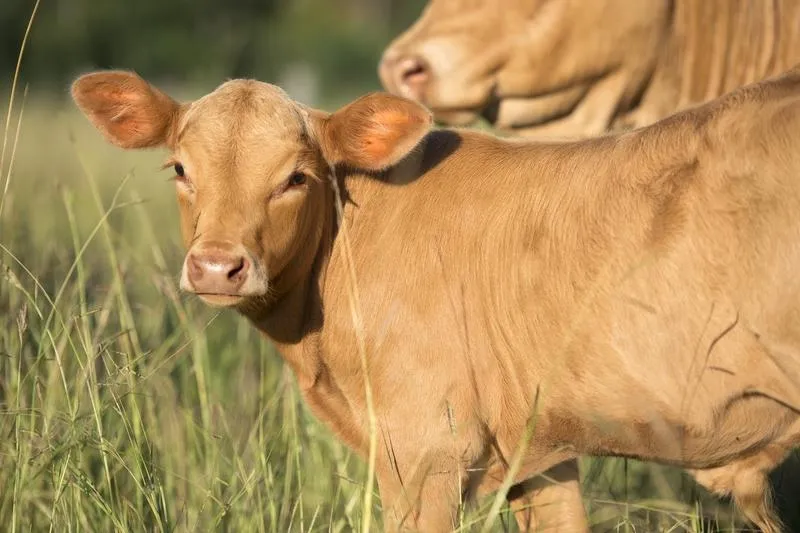
Mycoplasma bovis in 2025: What Lifestyle Farmers Need to Know
The name Mycoplasma bovis still causes concern among cattle farmers. But for lifestyle block owners, the risk remains low, especially for those following basic biosecurity practices.
Seven years into the phased eradication programme launched in 2018, most infected herds have been cleared. New Zealand remains the only country actively pursuing full eradication. While the effort has been long and costly, the number of new infections has continued to decline. Lifestyle farms have been largely unaffected.
What is Mycoplasma bovis?
Mycoplasma bovis is a bacterial disease that affects cattle, especially dairy cows and young calves. It spreads primarily through:
Prolonged contact with infected animals
Calves drinking raw milk from infected cows
Movement of infected animals between properties
The disease causes serious welfare issues including:
Mastitis that doesn’t respond to treatment
Arthritis in cows and calves
Late-term abortions
Pneumonia, ear infections, and conjunctivitis in calves
While distressing for affected farmers, Mycoplasma bovis does not pose a health risk to humans and does not infect other livestock species under normal farming conditions.
Current risk for lifestyle blocks
If you haven’t introduced adult cattle, calves, or raw milk from outside sources in the past few years, your risk remains extremely low. Most cases have occurred on commercial farms with high stock movement. The disease is not spread through wind, and indirect spread through equipment or people is considered rare.
MPI has worked to trace and contain infections, focusing on farms linked by cattle movements. As of 2025, new cases are rare. Most infected properties have been depopulated and returned to productive use.
How the disease spreads
Mycoplasma bovis is spread through:
Direct animal-to-animal contact
Feeding infected raw milk to calves
Cattle movements between farms
There is no evidence of over-the-fence transmission without close, prolonged contact. The bacteria do not survive long outside the animal host and do not persist in soil, water, or faeces. However, contaminated equipment or AI gear could pose a theoretical risk if not properly cleaned.
Other species such as sheep, goats, and pigs can only be infected if they are fed raw milk from an infected cow. They are considered dead-end hosts and do not spread the disease further.
Testing and detection
Two main tests are used:
ELISA blood test to detect antibodies
PCR test on milk or swabs to detect bacterial DNA
Unfortunately, Mycoplasma bovis can evade detection. Infected animals may test negative unless they are actively shedding the bacteria. Shedding often occurs under stress, such as transport, weather events, or exposure to a new environment. Multiple rounds of testing over time are often needed.
Symptoms to watch for
You should contact your vet if you see any of the following signs:
Unusual mastitis that does not respond to antibiotics
Arthritis or swollen joints in adult cattle or calves
Calf pneumonia or chronic respiratory issues
Droopy ears, head tilt, or ear discharge in calves
Late-term abortions or unexplained fertility issues
Biosecurity advice for lifestyle block owners
While the risk is now very low, lifestyle farmers can still play an important role in protecting their herd and supporting national eradication.
When buying cattle:
Use MPI’s cattle health checklist
Quarantine new animals for at least 7 days
Observe carefully for signs of illness
Register all cattle movements using NAIT within 48 hours
Reduce contact and contamination:
Double-fence property boundaries to prevent nose-to-nose contact
Avoid borrowing or buying second-hand gear without proper cleaning
Do not feed raw milk from outside sources
If using raw milk, source it from the same farm as your calves
Use milk replacer wherever possible to reduce risk
If you're new to cattle or want to build confidence in managing herd health, our Keeping Cattle course covers the basics of care, biosecurity, and disease prevention
On-farm hygiene:
Confine visitor vehicles to a single access track
Use footbaths with disinfectant at entry and exit points
Provide handwashing facilities for visitors
Clean and disinfect any gear or clothing that has been on another farm
Cleaning and disinfection
Clean first, then disinfect. Dirt and dung prevent disinfectants from working properly.
Step 1: Remove all visible dirt
Step 2: Apply a suitable disinfectant and leave for at least 10 minutes
Recommended products include:
1% Virkon (50 g sachet in 5 litres of water)
0.2% citric acid (1 tsp in 1 litre of water)
Trigene or similar, used according to manufacturer instructions
What to do if you suspect infection
Contact your vet immediately
Isolate the animal if possible
Avoid bringing new cattle onto your property
Make sure all cattle have NAIT tags and records are up to date
Keep stock separate from neighbours
Raw milk and risk management
Raw milk remains unregulated and untraceable in New Zealand. It is one of the highest-risk ways to spread Mycoplasma bovis between farms.
To reduce risk:
Avoid using raw milk unless absolutely necessary
If you must, source it from the same farm as your calves
Discuss heat treatment and safety options with your vet
Final word
In 2025, the Mycoplasma bovis eradication effort is still underway, but new cases are rare. Lifestyle farmers continue to face low risk if they follow good practice.
Keep up with NAIT compliance. Limit stock movements. Maintain basic biosecurity. These small actions contribute to national success and help protect your animals and your land.
For more detail, visit MPI’s Mycoplasma bovis page.

